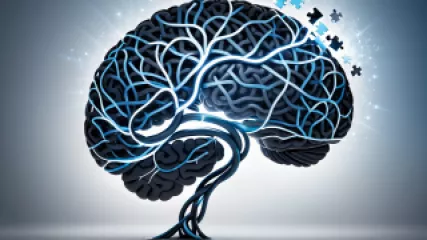Effective Parenting Tips for Improving Family Relationships
1 year ago
Parenting Tips
Enhancing Cognitive Flexibility: A Step-by-Step Guide
1 year ago
Cognitive Flexibility
Effective Steps for Addressing Guilt
1 year ago
Resolving Guilt
Mastering Cognitive Flexibility: A Step-by-Step Guide
1 year ago
Cognitive Flexibility
Uncovering the Power of Body Language Exercises
1 year ago
Body Language Basics
Mastering Cognitive Development: A Step-by-Step Guide
1 year ago
Cognitive Development
Exploring the Superstitions: An Interview with a Psychologist
1 year ago
Psychology Behind Superstitions
Effective Strategies for Handling Workplace Bullying
1 year ago
Workplace Bullying
Exploring Cognitive Development Strategies through Popular Books and Movies
1 year ago
Cognitive Development
Implementing Green Therapy Techniques for Sustainable Living
1 year ago
Psychology of Sustainability
Effective Strategies for Emotional Support with Chronic Illness
1 year ago
Coping with Chronic Illness
Mindful Practices for Sustainable Living: My Journey to Integrating Psychology and Sustainability
1 year ago
Psychology of Sustainability
Expert Wellness Coaching Tips: An Insider Interview
1 year ago
Wellness Coaching
Balancing Act: Parenting Tips for Single Parents
1 year ago
Parenting Tips
Learning Cognitive Flexibility Tools from Popular Movies
1 year ago
Cognitive Flexibility















